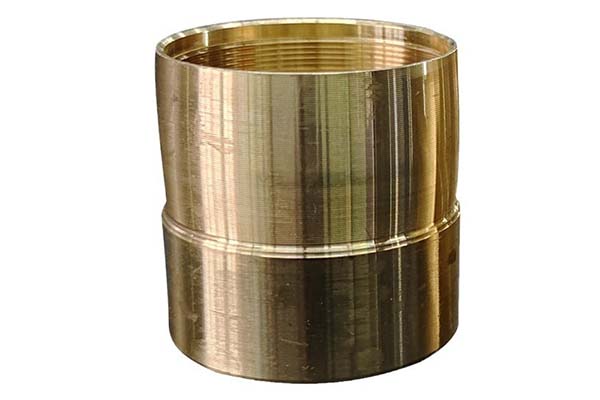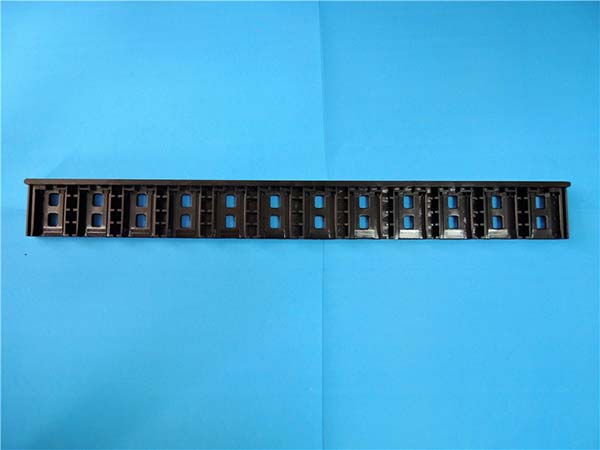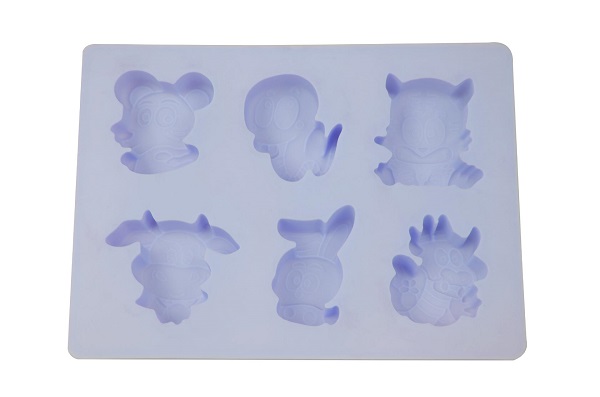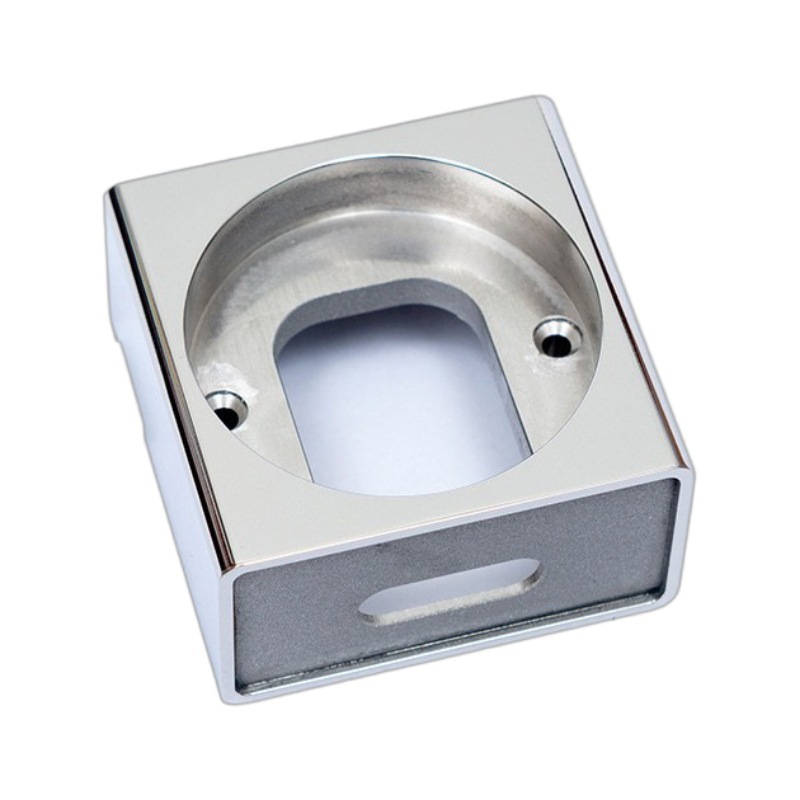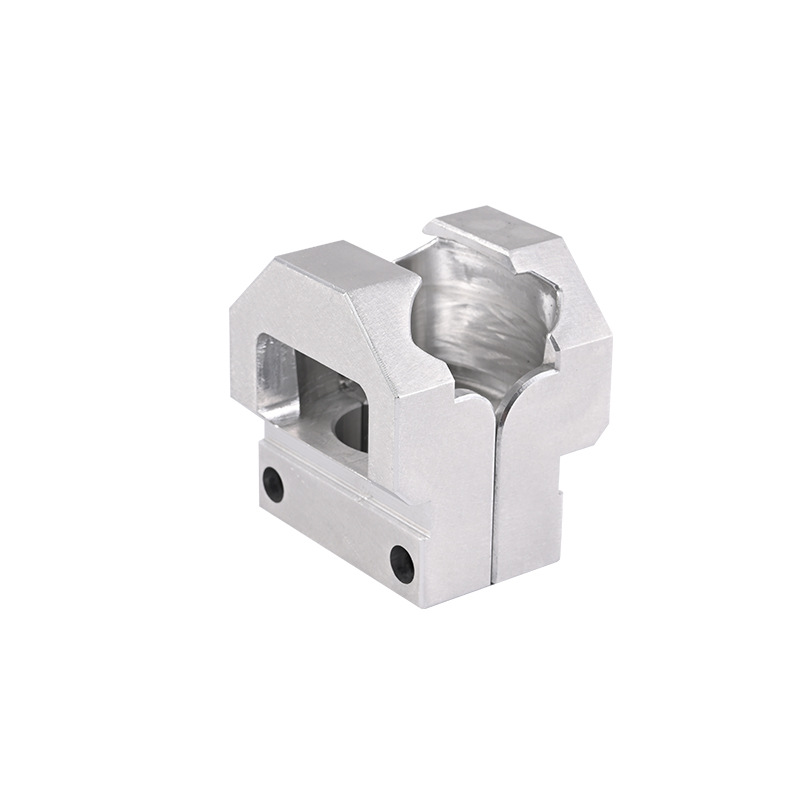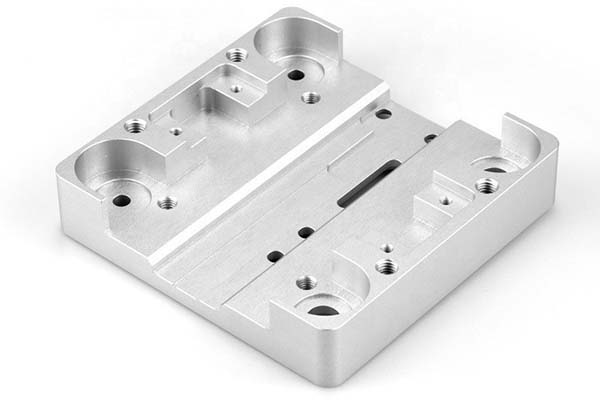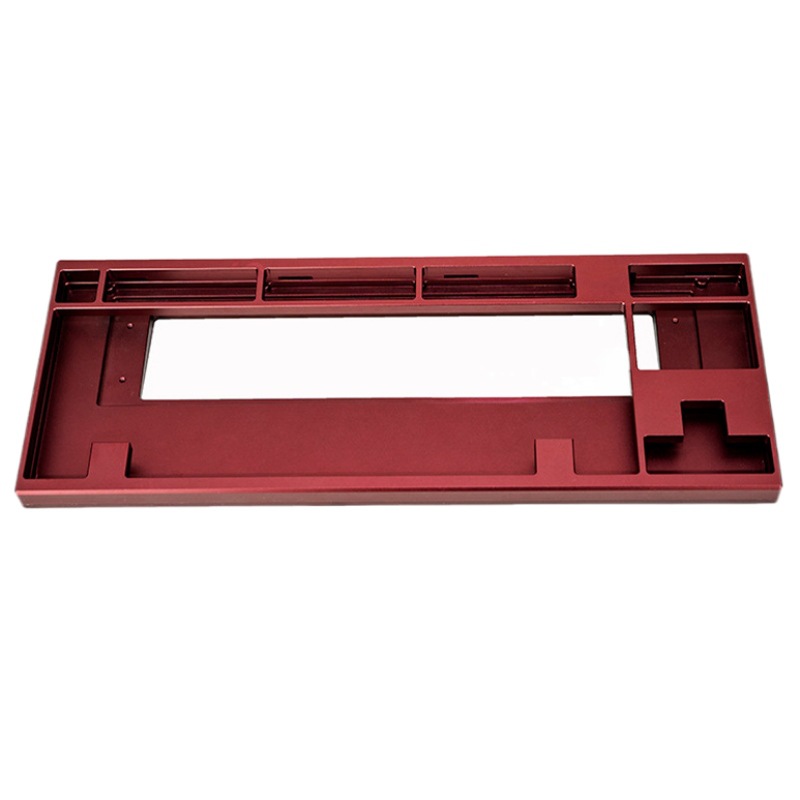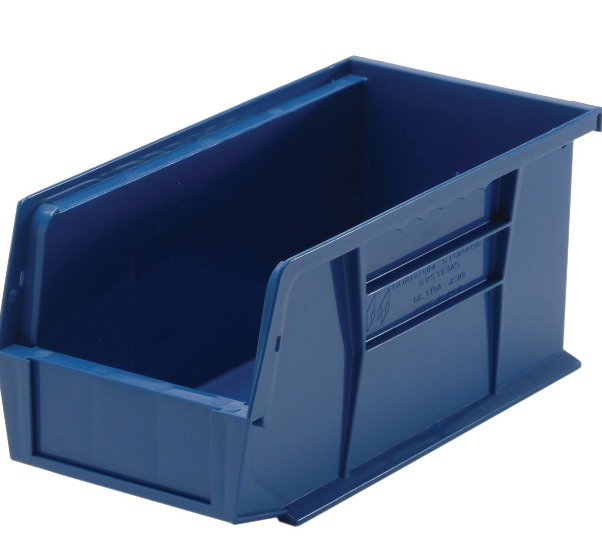In the world of CNC machining, precision and efficiency are the names of the game. One of the most critical factors that can make or break a machining project is the CNC feed rate. Whether you're a seasoned machinist or just starting out, understanding how to calculate, adjust, and optimize the feed rate is essential for achieving high-quality results. In this comprehensive guide, we'll delve deep into the world of CNC feed rates, covering everything from the basics to advanced optimization techniques.
Understanding the Basics of CNC Feed Rate
What is CNC Feed Rate?
At its most basic level, the CNC feed rate is the speed at which the cutting tool moves relative to the workpiece during a machining operation. It is typically measured in units such as millimeters per minute (mm/min) or inches per minute (in/min). The feed rate determines how quickly the tool advances along the programmed path, and it has a direct impact on several key aspects of the machining process, including the quality of the finished surface, the rate of material removal, and the lifespan of the cutting tool.
Importance of Feed Rate in CNC Machining
The feed rate is a crucial parameter in CNC machining for several reasons. Firstly, it plays a significant role in determining the surface finish of the workpiece. A proper feed rate ensures that the tool removes material evenly, resulting in a smooth and consistent surface. On the other hand, an incorrect feed rate can lead to rough surfaces, chatter marks, or even damage to the workpiece.
Secondly, the feed rate affects the efficiency of the machining process. A higher feed rate can increase the rate of material removal, reducing the overall machining time. However, this must be balanced with the capabilities of the machine, the type of material being machined, and the durability of the cutting tool.
Finally, the feed rate has a direct impact on the lifespan of the cutting tool. An optimal feed rate helps to distribute the cutting forces evenly, minimizing wear and tear on the tool. This not only saves on tool costs but also reduces downtime for tool changes, further improving the overall efficiency of the machining process.
Basic Principles of Feed Rate Calculation
Calculating the feed rate in CNC machining involves considering several factors, including the type of material being machined, the diameter of the cutting tool, and the desired surface finish. One of the fundamental formulas used for calculating the feed rate is:
**\(Feed\ Rate (mm/min) = Revolutions\ per\ Minute (RPM) \times Chip\ Load (mm/tooth) \times Number\ of\ Teeth\)
The revolutions per minute (RPM) is the speed at which the spindle rotates, and it is determined by the cutting speed and the diameter of the tool. The chip load is the amount of material removed by each tooth of the cutting tool in one revolution, and it is typically specified in millimeters per tooth (mm/tooth). The number of teeth on the cutting tool is a self-explanatory factor.
Units of Feed Rate
As mentioned earlier, the most common units of feed rate in CNC machining are millimeters per minute (mm/min) and inches per minute (in/min). The choice of unit depends on the machining standards and preferences in your region. In the metric system, mm/min is the standard unit, while in the imperial system, in/min is used. It's important to note that when programming a CNC machine, you must ensure that the feed rate is specified in the correct unit to avoid errors in the machining process.
Relationship between Feed Rate and Cutting Speed
The feed rate and cutting speed are two closely related parameters in CNC machining. The cutting speed is the linear speed at the cutting edge of the tool, and it is measured in meters per minute (m/min) or feet per minute (ft/min). The relationship between the feed rate and cutting speed can be expressed as:
**\(Cutting\ Speed (m/min) = \pi \times Tool\ Diameter (mm) \times RPM / 1000\)
This formula shows that the cutting speed is directly proportional to the tool diameter and the RPM. To maintain a constant cutting speed while changing the tool diameter or the RPM, the feed rate must be adjusted accordingly. For example, if you increase the RPM, you may need to decrease the feed rate to prevent overloading the tool and ensure a smooth machining process.
Factors Affecting CNC Feed Rate
Material Type and Feed Rate
The type of material being machined is one of the most significant factors that influence the feed rate. Different materials have different properties, such as hardness, toughness, and thermal conductivity, which can affect how easily the material can be cut and how quickly the tool will wear.
For example, soft materials like aluminum and plastics generally allow for higher feed rates as they are easier to cut. In contrast, hard materials such as stainless steel, titanium, and hardened steels require lower feed rates to prevent excessive tool wear and ensure a clean cut. The following table provides a general guideline for feed rates based on material type:
| Material Type | Recommended Feed Rate (mm/min) |
| Aluminum | 200 - 800 |
| Plastics | 100 - 500 |
| Mild Steel | 50 - 200 |
| Stainless Steel | 30 - 150 |
| Titanium | 20 - 100 |
Tool Type and Feed Rate
The type of cutting tool used in the machining process also has a significant impact on the feed rate. Different tool types, such as end mills, drills, and reamers, have different cutting geometries and are designed to perform specific machining operations.
End mills, for example, are versatile cutting tools that can be used for milling, profiling, and slotting operations. The feed rate for end mills depends on factors such as the number of flutes, the flute geometry, and the material being machined. Drills, on the other hand, are used for creating holes, and the feed rate for drills is typically lower than that for end mills to ensure accurate hole placement and prevent drill breakage.
Tool Diameter and Feed Rate
The diameter of the cutting tool is another important factor to consider when determining the feed rate. Larger diameter tools generally require lower feed rates compared to smaller diameter tools. This is because larger tools have a greater cutting edge length, which means they remove more material per revolution. If the feed rate is too high for a large diameter tool, it can lead to excessive cutting forces, tool breakage, and poor surface finish.
As a general rule, the feed rate is inversely proportional to the tool diameter. For example, if you double the diameter of the tool, you may need to halve the feed rate to maintain a consistent cutting condition.
Machine Power and Feed Rate
The power and rigidity of the CNC machine also play a role in determining the maximum achievable feed rate. A more powerful machine with higher torque capabilities can handle higher feed rates without stalling or losing accuracy. Similarly, a machine with a rigid construction can better withstand the cutting forces generated at higher feed rates, resulting in more stable machining and better surface finish.
If you try to set a feed rate that is too high for the capabilities of the machine, you may experience issues such as excessive vibration, poor surface finish, or even damage to the machine components. Therefore, it's important to consult the machine's manual or specifications to determine the recommended maximum feed rate for your particular machine.
Surface Finish Requirements and Feed Rate
The desired surface finish of the workpiece is a crucial factor in determining the feed rate. For applications that require a high-quality surface finish, such as precision parts for aerospace or medical devices, a lower feed rate is typically used. This allows the tool to remove material more gradually, resulting in a smoother surface.
On the other hand, for rough machining operations where the focus is on quickly removing large amounts of material, a higher feed rate can be used. However, this may result in a rougher surface finish. In such cases, a finishing pass with a lower feed rate may be required to achieve the desired surface quality.
Chip Load and Feed Rate
Chip load is the amount of material removed by each tooth of the cutting tool in one revolution. It is a critical parameter that affects the feed rate and the overall machining process. A proper chip load ensures that the tool cuts efficiently, without overloading or underutilizing the cutting edges.
If the chip load is too high, the tool may experience excessive wear, breakage, or chatter. Conversely, if the chip load is too low, the tool may rub against the material instead of cutting it, leading to poor surface finish and increased tool wear due to heat generation. The chip load is typically specified by the tool manufacturer and can be adjusted by changing the feed rate and the RPM.
CNC Feed Rate Calculation Methods
Manual Feed Rate Calculation Formula
As mentioned earlier, the basic formula for calculating the feed rate is:
**\(Feed\ Rate (mm/min) = Revolutions\ per\ Minute (RPM) \times Chip\ Load (mm/tooth) \times Number\ of\ Teeth\)
To use this formula, you need to know the values of the RPM, chip load, and number of teeth. The RPM can be calculated using the cutting speed and the tool diameter, as described in the relationship between feed rate and cutting speed section. The chip load is typically specified by the tool manufacturer and can vary depending on the material being machined, the tool type, and the desired surface finish.
For example, let's say you are using an end mill with a diameter of 10 mm, 4 teeth, and a recommended chip load of 0.1 mm/tooth. The cutting speed for the material you are machining is 100 m/min. First, you need to calculate the RPM:
**\(RPM = \frac{Cutting\ Speed (m/min) \times 1000}{\pi \times Tool\ Diameter (mm)}\)
**\(RPM = \frac{100 \times 1000}{\pi \times 10} \approx 3183\)
Now, you can calculate the feed rate:
**\(Feed\ Rate (mm/min) = 3183 \times 0.1 \times 4 = 1273.2\)
Using CNC Software to Calculate Feed Rate
Most modern CNC machines are equipped with software that can automatically calculate the feed rate based on the input parameters such as the material type, tool type, tool diameter, and desired surface finish. These software programs use algorithms and databases of cutting parameters to generate optimized feed rate values.
Using CNC software to calculate the feed rate can save time and ensure more accurate results, especially for complex machining operations. However, it's still important to have a basic understanding of the underlying principles of feed rate calculation so that you can verify the results and make adjustments if necessary.
Feed Rate Calculation for Milling Operations
In milling operations, the feed rate calculation takes into account the type of milling operation (e.g., face milling, end milling, side milling), the tool geometry, and the material being machined. For face milling, the feed rate is typically calculated based on the width of the cut, the number of teeth on the cutter, and the chip load per tooth.
For end milling, the feed rate calculation is similar to the general formula mentioned earlier, but it also considers factors such as the depth of cut, the helix angle of the flutes, and the type of cut (climb milling or conventional milling). Climb milling, where the cutter rotates in the same direction as the workpiece movement, generally allows for higher feed rates compared to conventional milling.
Feed Rate Calculation for Turning Operations
In turning operations, the feed rate is defined as the distance the tool advances along the workpiece axis per revolution of the spindle. The feed rate calculation for turning operations takes into account factors such as the material being turned, the type of tool (e.g., external turning tool, internal turning tool), and the surface finish requirements.
The feed rate for turning operations is typically specified in millimeters per revolution (mm/rev). To convert from mm/min to mm/rev, you can use the following formula:
**\(Feed\ Rate (mm/rev) = \frac{Feed\ Rate (mm/min)}{RPM}\)
Feed Rate Calculation for Drilling Operations
Drilling operations require a different approach to feed rate calculation compared to milling and turning. The feed rate for drilling is typically determined by the diameter of the drill bit, the material being drilled, and the type of drill (e.g., twist drill, spade drill).
As a general rule, the feed rate for drilling is lower than that for milling and turning to ensure accurate hole placement and prevent drill breakage. The feed rate for drilling is usually specified in millimeters per revolution (mm/rev) or inches per revolution (in/rev).
Online Feed Rate Calculators
There are several online feed rate calculators available that can help you quickly and easily calculate the feed rate for different machining operations. These calculators typically require you to input parameters such as the material type, tool type, tool diameter, cutting speed, and chip load, and they will generate the corresponding feed rate value.
Online feed rate calculators can be a useful tool, especially for those who are new to CNC machining or for quick calculations on the go. However, as with any tool, it's important to use them as a reference and to verify the results based on your own knowledge and experience.
CNC Feed Rate Optimization
Optimizing Feed Rate for Productivity
One of the primary goals of feed rate optimization is to maximize productivity while maintaining acceptable levels of quality and tool life. To achieve this, you need to find the sweet spot where the feed rate is high enough to remove material quickly but not so high that it causes issues such as tool breakage, poor surface finish, or excessive machine wear.
One way to optimize the feed rate for productivity is to start with a conservative feed rate and gradually increase it while monitoring the machining process. Look for signs of excessive cutting forces, such as vibration, noise, or tool deflection. If you notice any of these signs, reduce the feed rate slightly until the machining process becomes stable.
Another approach is to use data from previous machining jobs or industry standards as a starting point and then fine-tune the feed rate based on the specific requirements of your current job. This can save time and help you achieve optimal results more quickly.
Optimizing Feed Rate for Tool Life
Tool life is a critical factor in CNC machining, as replacing worn-out tools can be costly and time-consuming. Optimizing the feed rate can help to extend the life of the cutting tool by reducing wear and tear.
As a general rule, a lower feed rate will result in less tool wear, as the tool is removing material more gradually. However, this may also reduce productivity. To find the optimal feed rate for tool life, you need to balance the need for high productivity with the desire to minimize tool wear.
One way to do this is to use a tool life equation, which takes into account factors such as the cutting speed, feed rate, depth of cut, and tool material. These equations can help you predict the tool life for different combinations of cutting parameters and choose the feed rate that gives the best balance between productivity and tool life.
Balancing Feed Rate and Surface Finish
As mentioned earlier, the feed rate has a significant impact on the surface finish of the workpiece. A lower feed rate generally results in a better surface finish, while a higher feed rate can lead to a rougher surface. However, a lower feed rate also means lower productivity.
To balance feed rate and surface finish, you need to consider the specific requirements of your project. If a high-quality surface finish is essential, such as for parts that will be used in critical applications or for aesthetic purposes, you may need to sacrifice some productivity and use a lower feed rate. On the other hand, if surface finish is less important and productivity is the main goal, you can use a higher feed rate.
In some cases, you may be able to achieve both a good surface finish and high productivity by using a combination of roughing and finishing passes. During the roughing pass, you can use a higher feed rate to quickly remove most of the material, and then during the finishing pass, you can use a lower feed rate to achieve the desired surface finish.
Adjusting Feed Rate Based on Machine Feedback
Modern CNC machines are often equipped with sensors that can provide real-time feedback on the machining process, such as cutting forces, spindle load, and vibration. This feedback can be used to adjust the feed rate during the machining process to optimize performance.
For example, if the sensor detects that the cutting forces are too high, the machine can automatically reduce the feed rate to prevent tool breakage or excessive machine wear. Conversely, if the cutting forces are lower than expected, the machine can increase the feed rate to improve productivity.
Using machine feedback to adjust the feed rate can help to ensure a more stable and efficient machining process, especially for complex or high-precision applications.
Real - Time Feed Rate Optimization Techniques
In addition to using machine feedback, there are several other real-time feed rate optimization techniques that can be used in CNC machining. One such technique is adaptive control, which uses algorithms to continuously monitor and adjust the feed rate based on the changing conditions of the machining process.
Another technique is feed rate scheduling, where the feed rate is programmed to vary at different stages of the machining process. For example, the feed rate may be increased during the initial stages of material removal and then decreased as the tool approaches the final dimensions to ensure a better surface finish.
Real-time feed rate optimization techniques can help to improve the overall efficiency and quality of the machining process, but they require more advanced equipment and programming skills.
Yigu Technology's Perspective
As a plastic metal parts custom manufacturing supplier, Yigu Technology understands the criticality of CNC feed rate in the production process. In our experience, getting the feed rate right is a balancing act. When working with plastic materials, for instance, a slightly higher feed rate can be used compared to metals as plastics are generally softer. But we always ensure that the rate doesn't cause the plastic to melt or deform due to excessive heat generated during cutting.
For metal parts, especially those made of high - strength alloys, precision in feed rate calculation is non - negotiable. We rely on a combination of our in - house expertise, advanced CNC software, and continuous monitoring of the machining process. By doing so, we can optimize the feed rate to not only enhance productivity but also guarantee the high - quality standards our clients expect. Our team is constantly exploring new techniques and technologies to further refine our feed rate optimization strategies, ensuring that we stay at the forefront of custom manufacturing.
